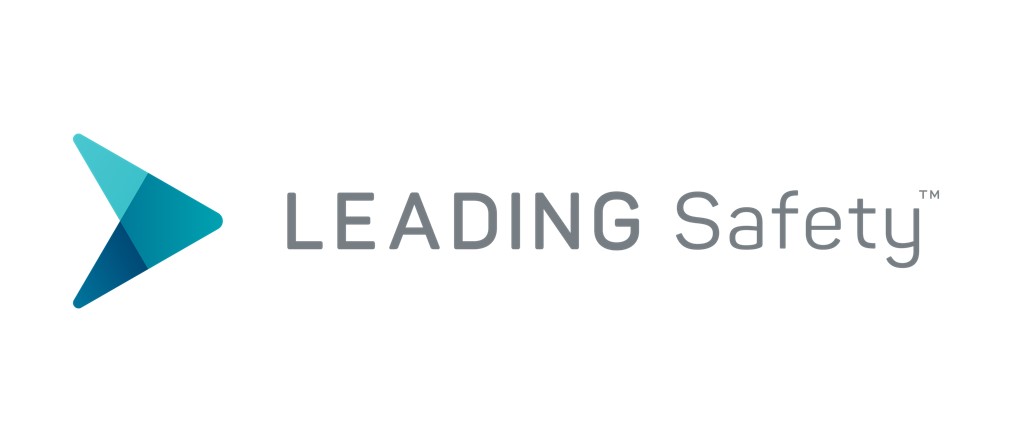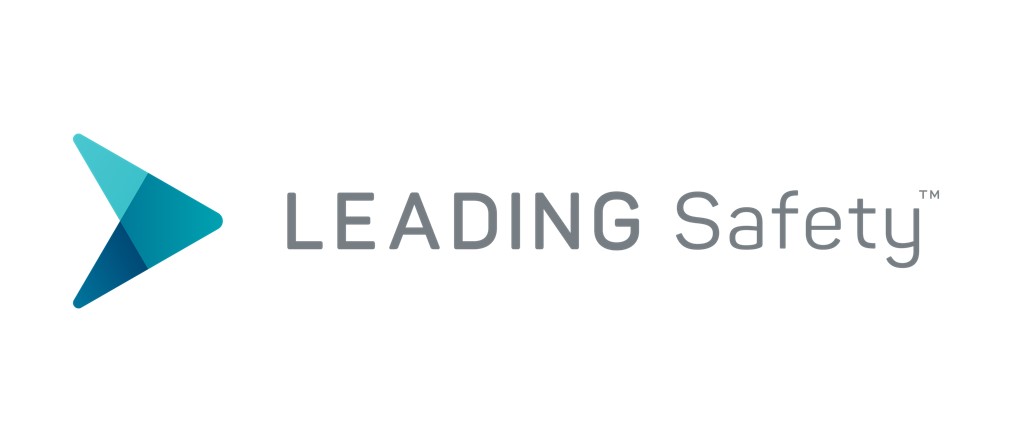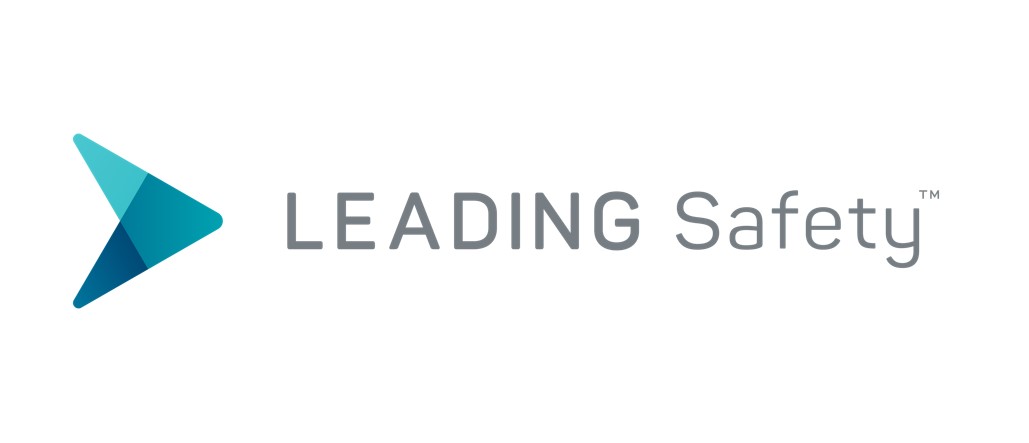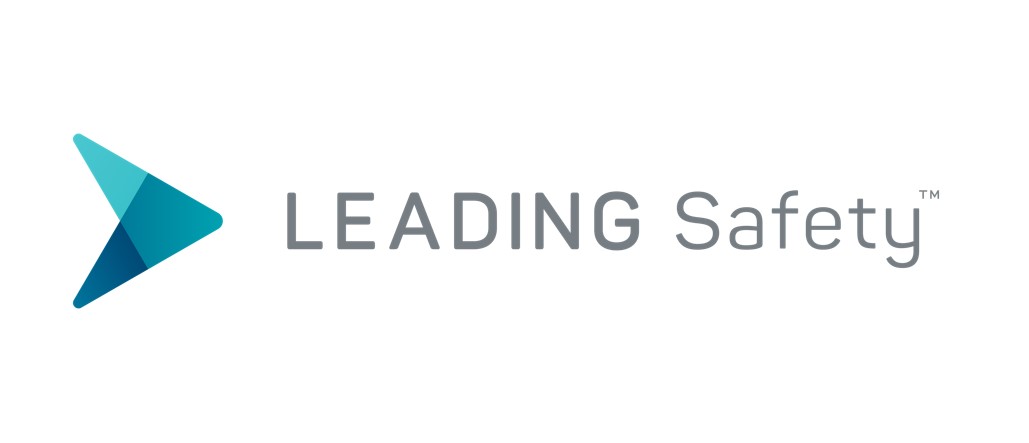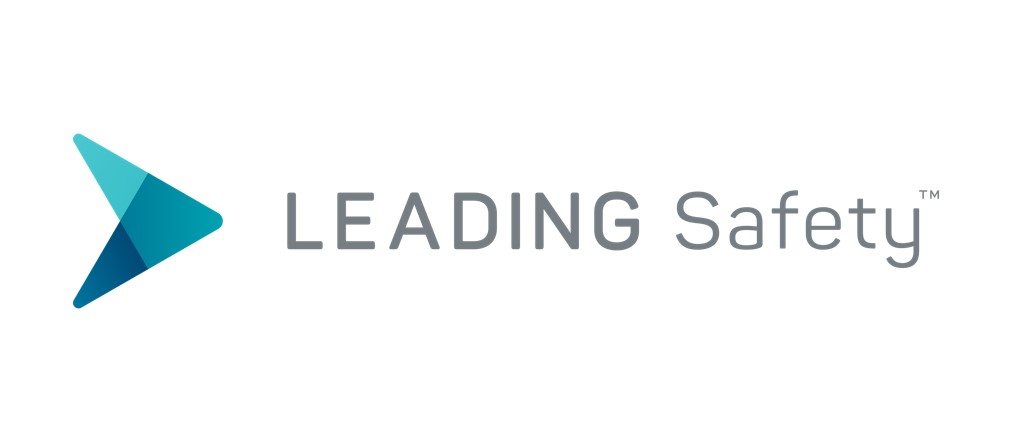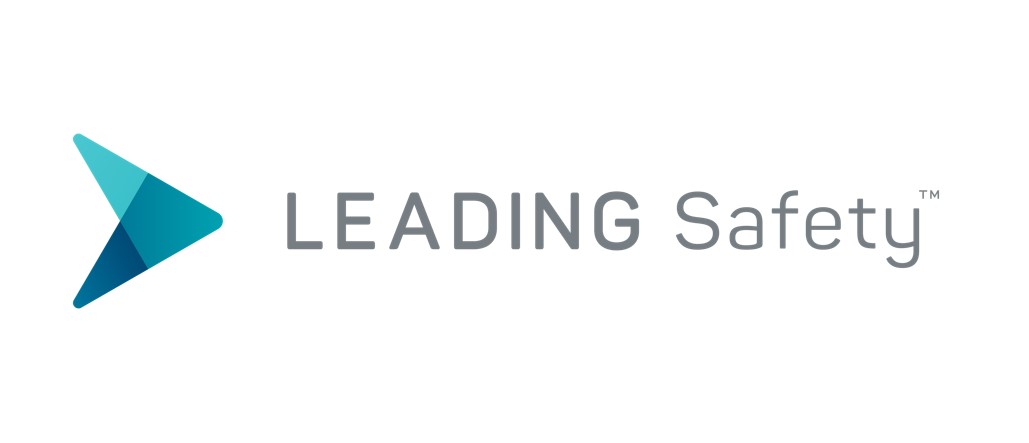Title Page
-
Site conducted
-
Conducted on
-
Manager completing risk focus verification
-
Manager has completed Leading Safely at Target training course
-
Verification must be led by member of management team up to date with Leading Safely at Target
Team members supporting manager
-
Add name of team member
Risk methodology
-
For each Hazard the following process has been applied to identify hazard, outline risk value and outline existing controls for verification.<br><br>Step 1. Identify Hazard and outline detail.<br>e.g. Risk of collapse of structure, crushing customer on sales floor.<br>e.g. Risk of laceration to customer / team member due to sharp edges of structure.<br><br>Step 2. Assign Risk Level based upon Risk Value with controls in place.<br>Severity – What is the most likely consequence/outcome that would result from the hazard?<br>Likelihood – What is the chance of an incident occurring and the chosen severity, being the outcome?<br><br>Step 3. Outline existing controls in place or already instigated <br>e.g. Redesign: Structure has been engineering and tested to hold minimum 250kg.<br>e.g. Elimination: Edges have been bevelled to eliminate sharp edges on unit.
-
Severity & Likelihood Table
-
Risk Table
-
Risk control table
Driving for work (RA 240)
Driving for work (Company or Similar Non-Commercial Vehicles)
-
Confirm all controls listed are in place. If control not in place, generate "Action" and close out
Step / Topic - Driving vehicles for work
Hazard (including outcome): Inconsistent skill and experience level of drivers operating vehicles for work resulting in vehicle collisions: Medium - 2C
-
National - Company Vehicles are only to be used for work purposes. National contracts in place for management of work vehicles.
-
Site - Line Manager checks Team Member is licensed prior to loaning a company motor vehicle or hiring a vehicle for work.
-
Site - If no company vehicle available and need is urgent - Line Manager to confirm with Team Member Insurance coverage and vehicle road worthiness.
Step / Topic - Driving to and through remote or isolated locations
Hazard (including outcome): Motor vehicle colliding with other vehicle, animals, breakdown, out of phone range, changing road conditions: Medium - 2C
-
Site - Drivers to have valid Driver’s Licence and follow road rules at all times Road Signs.
-
Site - Company vehicles maintained to manufacturer and company fleet standards.
-
Site - High visibility vests available and worn for breakdown situations.
-
Site - Use of Breakdown Warning Triangles if provided by manufacturer.
-
Site - Vehicle First Aid Kit installed and maintained.
-
Site - Team Members are aware how to contact Roadside Assist facilities in event of an incident.
Step / Topic - Driving vehicles for work during daylight
Hazard (including outcome): Exposure to sunburn, heat and glare, UV radiation: Low - 4C
-
Site - Team members take appropriate precautions (wear sunscreen etc).
Step / Topic - Driving hired vehicles for work
Hazard (including outcome): Unfamiliar with vehicle and location resulting in increased anxiety/stress, lack of concentration on the road resulting in motor vehicle accident: Medium - 2C
-
Site - Use of reputable Hire Companies (Company Preferred Providers & booking service).
-
Site - Street/Road Maps included in hire car arrangements.
-
Site - Team members to take time to familiarise themselves with the vehicle prior to driving off.
Step / Topic - Team members borrowing a company vehicle for work
Hazard (including outcome): Unfamiliar with vehicle and location resulting in increased anxiety/stress, lack of concentration on the road resulting in motor vehicle accident: Medium - 2C
-
Site - Only company fleet vehicles used.
-
Site - Company fleet vehicles maintained to manufacturers and company fleet standards.
-
Site - Vehicle logbook is completed prior to using Company vehicles.
Step / Topic - Using a hand held mobile phone when driving a vehicle
Hazard (including outcome): Motor vehicle accident due to lack of concentration and attempting to hold the phone and drive. Road Traffic rules infringement (illegal in all states and territories) if using a hand held phone: Medium - 2C
-
Site - Road traffic rules prohibit use of hand held telephone devices while driving in all states & territories.
-
Site - Team Members when driving are never to use a hand held phone unless stopped in a designated stopping/parking area.
-
Site - Stop car and pull off road if safe to do so before answering hand held telephone or making calls.
-
Site - Hands free devices (Bluetooth) and hands free car kits available in some company vehicles.
Step / Topic - Long distance driving of vehicles in course of work i.e. outside metro area
Hazard (including outcome): Driver fatigue-resulting in reduced concentration, slowed reaction times, and micro-naps and resulting in Motor Vehicle Accident which may involve company vehicle, another vehicle, object, person or animal: Medium - 2C
-
Site - TM stop, revive every 2 hours for extended trips.
-
Site - Team consider car pooling for travelling to business events.
Step / Topic - Manual handling of luggage e.g. documents/training material, from office, in to and out of vehicle and to destination
Hazard (including outcome): Carrying boxes/containers of files/documents/training materials over a distance from office to vehicle and loading in to vehicle, resulting in musculoskeletal (sprain/strain) injury: Medium - 3C
-
Site - Seek assistance from other team members as required.
-
Site - Some team members have wheeled carry on size luggage/computer.
Step / Topic - Manual handling removing a spare tyre from the boot and changing a flat tyre
Hazard (including outcome): Musculoskeletal injury if attempting to change a tyre when not trained to do so: Medium - 3C
-
National - Company vehicles provided with Road Assistance Services.
-
Site - Vehicle contains manufacturers operating manual available in vehicle contains instruction on removing and changing a tyre.
-
Site - Aware of how to contact Road Assistance Services.
Sign off
-
Manager sign off who is completing risk focus verification
-
Team member involved with consultation
Any other team member sign off involved with consultation
-
Team member involved with consultation
Biological Hazards & Sharps (RA 004)
Biological Hazards & Sharps
-
Confirm all controls listed are in place. If control not in place, generate "Action" and close out
Step / Topic - Biological fluids/matter
Hazard (including outcome): Contact with body fluids (i.e. blood) causing infection/illness, exposure to biological waste during handling and disposal causing infection/illness: Medium - 1D
-
National - Contractor sourced for the removal of biological materials based on type and size of spills.
-
Site - Simple spill response procedures and PPE required during clean-up or removal of biological substances is available within spill kit.
-
Site - Team members are trained in and comply with Team Member Safety Training. Items contaminated with blood or bodily fluids in a double sealed bag and then dispose in the general waste, or sanitary bins if small.
-
Site - Medical assistance following contact with potentially inflected blood or bodily fluids is taken, including needle stick injury. PPE available at store level: gloves, spill kit (if appropriate).
-
Site - Any non-disposable equipment or surfaces exposed to blood or bodily fluids is cleaned using approved cleaning chemicals and associated personal protective equipment. Site seeks assistance for excessive amounts of bodily fluids.
-
Site - Mops are disinfected with bleach following the clean-up of biological spills.
Step / Topic - Handling potentially contaminated sharps
Hazard (including outcome): Contact with syringes causing needle stick injury and illness. Exposure to unknown biological liquids/solids (i.e. urine) causing infection/illness: Medium - 1D
-
National - Sharps containers available on Blackwoods for store order.
-
Site - Site has syringe disposal pack available in store. Item ordered via Blackwoods (item number 08475646).
-
Site - Team members are aware to never attempt to put the plastic cover back on sharps, (i.e. if cover has fallen off needle). Dispose containers via sanitary collection agency or local pharmacy.
-
Site - Team members are aware and always wash hands thoroughly with soap and warm water for at least 20 seconds after administering first aid and/or cleaning equipment surfaces and/or disposing of items exposed to blood or bodily fluids.
Step / Topic - First aid attendance
Hazard (including outcome): Exposure to bodily fluids during first aid attendance (i.e. other staff or customers) causing infection/illness: Medium - 2D
-
Site - Team members or First aid attendants are aware for the mandatory use of infection control techniques when administering first aid.
-
Site - Team members are aware to ensure the use of a disposable mouth mask during first aid administration.
Step / Topic - Communicable disease (Airborne)
Hazard (including outcome): Exposure to airborne matter causing illness / disease: Medium - 3C
-
Site - Routine cleaning of phone headsets and handsets in high-risk periods (winter) is implemented.
Step / Topic - Personal Hygiene
Hazard (including outcome): Poor personal hygiene exposing team member, other staff or customers to illness /infection /or disease: Medium - 3C
-
Site - Dress Code standards established and team member acknowledgement.
-
Site - Clean facility inspections conducted as per SHIC.
-
Site - Team members wash hands after going to the toilet and before consuming food.
Step / Topic - Pests (Vermin, insects, etc.)
Hazard (including outcome): Exposure to pests and/or products of pests causing illness / disease: Medium - 2D
-
National - Scheduled inspections conducted of storage areas to ensure pest sources are under control. Scheduled maintenance and cleaning of pest control equipment in store (zappers, automatic fly spray outlets, rodent baits).
-
Site - Site reports any pest activity to have controlled. Facilities maintained not to promote pest activity.
Step / Topic - Picking up and disposing of litter
Hazard (including outcome): Exposure to sharps or other biological waste causing infection / illness / disease: Medium - 2D
-
Site - Pincers available for rubbish collection. Bags are moved in container and not carried against the body.
-
Site - Team members wear gloves when collecting rubbish, handling any items that have risk of biological matter.
Step / Topic - Cleaning human fluids or waste off various surfaces including toilets, benches, floors and walls
Hazard (including outcome): Exposure to human fluids or waste (i.e. blood, vomit, saliva, urine, semen etc) during cleaning causing infection / illness or disease: Medium - 1D
-
Site - Contractor called for large cleaning tasks that would put team member's safety in danger (e.g. large blood spills, excrement or soiling).
-
Site - Team members are aware to only clean where they can see, i.e. do not reach around in non-visible areas.
Sign off
-
Manager sign off who is completing risk focus verification
-
Team member involved with consultation
Any other team member sign off involved with consultation
-
Team member involved with consultation
Shopping Trolley Collection (RA 024)
Shopping Trolley Collection
-
Confirm all controls listed are in place. If control not in place, generate "Action" and close out
Step / Topic - Trolley Collection
Hazard (including outcome): Injuries sustained from collecting trolleys. Fractures and bruising through being struck by uncontrolled release of elasticised straps. Team members working alone. Injuries from impact with vehicle or stationery object. Damage to customers vehicles hit by trolleys: Medium - 2C
-
National - National contracts in place for high volume of to collect trolleys off site. Sites that collect own trolleys only designated if appropriate and trolleys can be collected within close proximity with no mobile plant required (e.g. trolley cart)
-
Site - Team Members designated to collect trolleys are trained in SWP Shopping Trolley Collection. Key points include;<br>- Never move more than seven (7) trolleys up a hill or travelator at one time. Never move trolleys on a travelator unless trolleys are fitted with appropriate travelator wheels/safety brakes.<br>- Never move more than ten (10) trolleys on the flat surface at one time.<br>- Never take trolleys down a hill/ramp.
-
Site - Team members report uncontrolled hazards in car parks to line manager so that repair can be arranged. Second person used to assist in recovering trolleys from difficult areas.
-
Site - Elasticised straps are not supplied for use. Availability and use of approved purpose designed trolley strap and connectors to secure trolleys before moving them. Available for order on Blackwoods (item code 02445033).
Step / Topic - Working Outdoors
Hazard (including outcome): Exposure to environmental conditions (i.e. heat/cold) that may contribute to dehydration, sunstroke, hypothermia UV related effects or muscle fatigue: Low - 4C
-
Site - Team members use weather protective clothing, sunglasses and raincoat (under safety vest when wet), drinking water (e.g. personal issue, dispensers in staff amenity room). Team members are provided with and use wide brimmed hats and sunscreen SPF 30 or greater.
-
Site - Collecting trolleys limited to avoid exposure to heat i.e. ½ hour per person between 11am and 3pm.
Step / Topic - Lighting
Hazard (including outcome): Injury or damage caused by inability to see or make out enough detail for task demands, moving from light to dark or vice-versa or glare: Medium - 3C
-
Site - Assess risk of collecting after dark. Implement procedures to reduce the risk eg always two people, adequate lighting, high visibility clothing/vests etc.
Sign off
-
Manager sign off who is completing risk focus verification
-
Team member involved with consultation
Any other team member sign off involved with consultation
-
Team member involved with consultation
Generic Risk Controls for Noise (RA 277)
Generic Risk Controls for Noise
-
Confirm all controls listed are in place. If control not in place, generate "Action" and close out
Step / Topic - Noise Exposure
Hazard (including outcome): Exposure to sound levels above those set out in the National Standard for Occupational Noise resulting in permanent hearing loss: Medium - 3C
-
National - Store noise levels assessed as part of national risk audits to identify and implement controls for noise exposure.
-
Site - As a guide, having to shout to be heard at arm’s length indicates that a sound level of approximately 85 dB (A) is present. This level of sound means that noise exposure limit may be approached.
-
Site - Identification and reporting to People and Capability Business Partner of situations where this may occur. Only managers to access areas that require noise controls.
Hazard (including outcome): Fatigue and increased error rates due to high background noise levels: Low - 3D
-
Site - Has sources of excess background noise been identified and controlled (e.g. Locate telephones to minimise potential background noise levels, locate noisy equipment (e.g. printers and photocopiers) away from workstations).
Sign off
-
Manager sign off who is completing risk focus verification
-
Team member involved with consultation
Any other team member sign off involved with consultation
-
Team member involved with consultation
Working Alone or in Isolation (RA 026)
Working Alone or in Isolation
-
Confirm all controls listed are in place. If control not in place, generate "Action" and close out
Step / Topic - Working in Isolation or in a remote location
Hazard (including outcome): Severity and likelihood of undesirable outcomes increased as a result of working alone or in isolation: Medium - 2D
-
National - National controls for working alone included in national safety training package.
-
National - Large and high trading stores issues issued with cordless phones with headset to enable easy communication.
-
Site - Rosters and workload are arranged to avoid working in isolation and working alone.
-
Site - Team members are not to access hazardous areas without direct supervision or consistent monitoring. Only managers assigned for these tasks.
-
Site - Where battery operated equipment i.e. mobile phone is provided for contact, ensure batteries are charged. Where possible, ensure emergency contact numbers are programmed into the equipment.
-
Site - When travelling, use a Travel Plan where appropriate or advise contacts of expected departure /arrival times.
-
Site - Team member have regular meal/drink/toilet breaks as per roster.
Step / Topic - Travelling between sites for work related reasons
Hazard (including outcome): Team members being in a situation where they require assistance but their location is unknown resulting in increased hazard levels: Medium - 3C
-
Site - Ensure team members travelling in remote areas to have Remote First Aid Kit.
-
Site - Line Managers to be conscious to minimise team members time/rostering/overwork/tiredness where possible.
-
Site - When travelling, use a Travel Plan where appropriate or advise contacts of expected departure /arrival times.
-
Site - Where possible team member to use company vehicle or hire car. If using a company vehicle ensure the vehicle company log must be completed.
Step / Topic - Power Failure
Hazard (including outcome): Mains power interruption resulting in inability to communicate any hazardous situation: Low - 3D
-
Site - Team members to be aware of emergency phone numbers in case of power failure.
-
Site - Charged torches are available at site.
Step / Topic - Working at Home
Hazard (including outcome): Increased work environment hazards due to non-standard layouts: Low - 3D
-
Site - Where applicable work environment checklist to be completed and provided to line manager.
Step / Topic - Contractor Management
Hazard (including outcome): Additional hazards when managing contractors in remote sites or isolated areas, e.g. roof spaces: Medium - 3D
-
National - National facilities contracts in place to adequately provide contractor coverage for maintenance, utilities and repair tasks.
-
Site - Contractors make prior arrangements for travelling; check ins, length of job when working in remote sites.
-
Site - Ensure lanyard monitoring system implemented for contractors working in isolated areas.
-
Site - Maintain restricted access for contractors in designated restricted areas.
Sign off
-
Manager sign off who is completing risk focus verification
-
Team member involved with consultation
Any other team member sign off involved with consultation
-
Team member involved with consultation
Threatening Situations (RA 041)
Threatening Situations
-
Confirm all controls listed are in place. If control not in place, generate "Action" and close out
Step / Topic - Threatening situation
Hazard (including outcome): Physical or psychological injuries resulting from being involved in a threatening situation. Uncontrolled emergency situation occurring whilst working alone or in isolation: Medium - 1D
-
National - National controls for threatening situations included in national safety training package.
-
National - Changes are made to systems of work such as cash handling procedures, and rosters to minimise risk exposure.
-
Site - Team members treat other team members, contractors, visitors and customers in a non-threatening manner in line with company values and behaviours.
-
Site - Team members do not chase, touch or handle an offender in any way. In a potentially threatening situation, team members do not make eye contact, always obey any instructions, cooperate with offender, let offender go and know not to approach a suspicious person. Team members write down any details and notify Line Manager as soon as safe to do so.
-
Site: Team members are aware of key concepts of Personal Safety Training including;<br>- 3D's (Detect, De-escalate, Disengage)<br>- Service 50 (Service call for assistance if required)<br>- Target Assist (EAP service following exposure to threatening situation)
-
Site: CCTV system for store is functioning to enable footage to be recorded and captured
-
Site - Counselling is offered to all Team Members involved in a threatening or violent situation via Target Assist EAP.
-
Site - Brand security signage (where relevant) is displayed, for example warning customers not to leave their bags unattended, two key safes, time delay locks, etc.
Hazard (including outcome): Evening or weekend work resulting in increased risk to threatening situations: Medium - 1D
-
Site - Rostering enables adequate breaks during shifts and intervals between shifts.
-
Site - Line Managers ensure appropriate staffing and security measures are in place.
Step / Topic - Intruders
Hazard (including outcome): Team member/s confronted by an intruder causing physical or psychological injuries: Medium - 2C
-
Site - Team member lock doors whilst working alone/in isolation.
-
Site - Where required security guards are on site during work/operating hours and after business hours or identified high risk areas for hold-ups/threatening situations.
Step / Topic - Approached / threatened en route to car park
Hazard (including outcome): Team member/s confronted by an intruder causing physical or psychological injuries: Medium - 2C
-
Site - Security Guards (where available) in high risk areas to escort team members to vehicles at night
-
Site - Team members/managers walk to cars in groups where possible.
-
Site - Appropriate lighting is provided in carpark.
Step / Topic - Transporting change between register and bulk change draw
Hazard (including outcome): Armed hold up/snatch and grab causing team members stress and capital loss risks: Medium - 1D
-
Site - Cash levels are kept below amount specified. Cash clearances vary in times of day.
-
Site - Additional arrangements for team member and asset protection are in place for high risk areas.
Sign off
-
Manager sign off who is completing risk focus verification
-
Team member involved with consultation
Any other team member sign off involved with consultation
-
Team member involved with consultation






